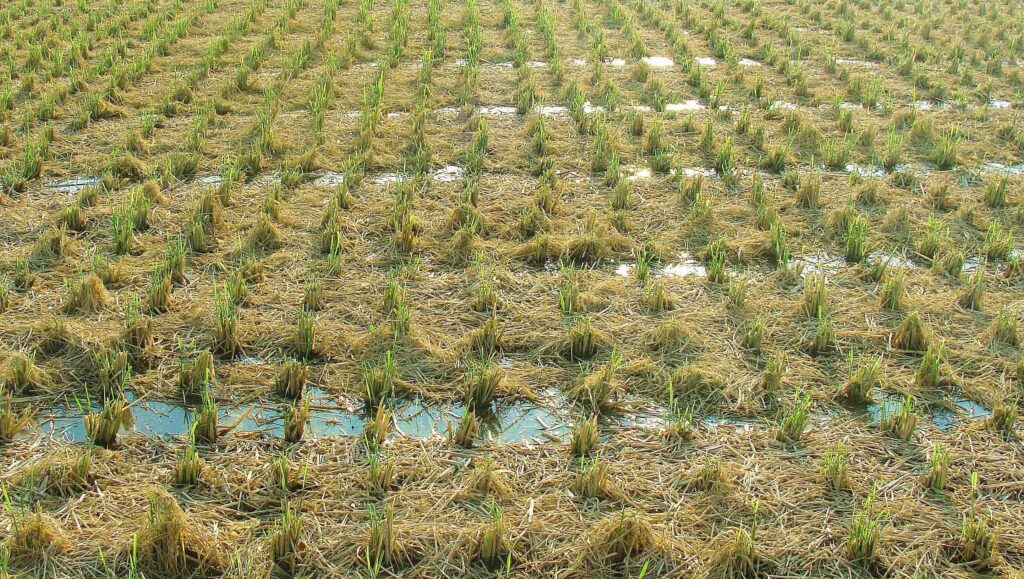The adoption of ratooning technology is gaining momentum as a transformative approach to enhancing rice production while reducing costs. Ratooning involves growing a second crop from the stubble of a harvested rice crop, avoiding the need for replanting. This method can deliver up to 80% of the yield of the initial harvest, making it highly efficient and cost-effective for farmers.
Research efforts in Kenya have demonstrated that ratooning significantly reduces the labor and input costs typically associated with land preparation and seed procurement. Farmers can achieve a second harvest by applying fertilizers and proper crop management practices to the stubble left after the first harvest. This innovation has the potential to boost incomes and improve food security by increasing the supply of locally grown rice.
Collaborative projects between local research institutions and international partners are driving the development of high-yielding and climate-resilient rice varieties suitable for ratooning. These efforts also include the establishment of modern seed processing and storage facilities to ensure that certified seeds are both accessible and affordable to farmers. Such infrastructure will improve the distribution of quality rice seeds across key growing regions.
In addition to technology adoption, expanding the production of certified seeds is essential to meeting the growing demand for rice. Kenya currently produces only a fraction of the rice seeds required annually, leading to heavy dependence on imports. Strategic initiatives are underway to scale up seed production and reduce the nation’s import bill.
The development of paddy fields dedicated to seed multiplication is part of this strategy, enabling bulk production and lowering overall seed costs. With better access to high-quality seeds and modern cultivation techniques, farmers can achieve higher yields and maintain consistent production even in challenging climate conditions.
Modern agricultural machinery and storage facilities are being introduced to support large-scale processing and ensure that harvested rice is handled efficiently. These advancements align with the broader goal of achieving self-sufficiency in rice production and strengthening the local value chain.
The integration of ratooning technology, improved seed systems, and public-private partnerships holds great promise for transforming rice farming into a more sustainable and profitable venture. With continued investment and farmer awareness, Kenya is poised to reduce its rice import dependency and secure a stable supply of this staple crop.

